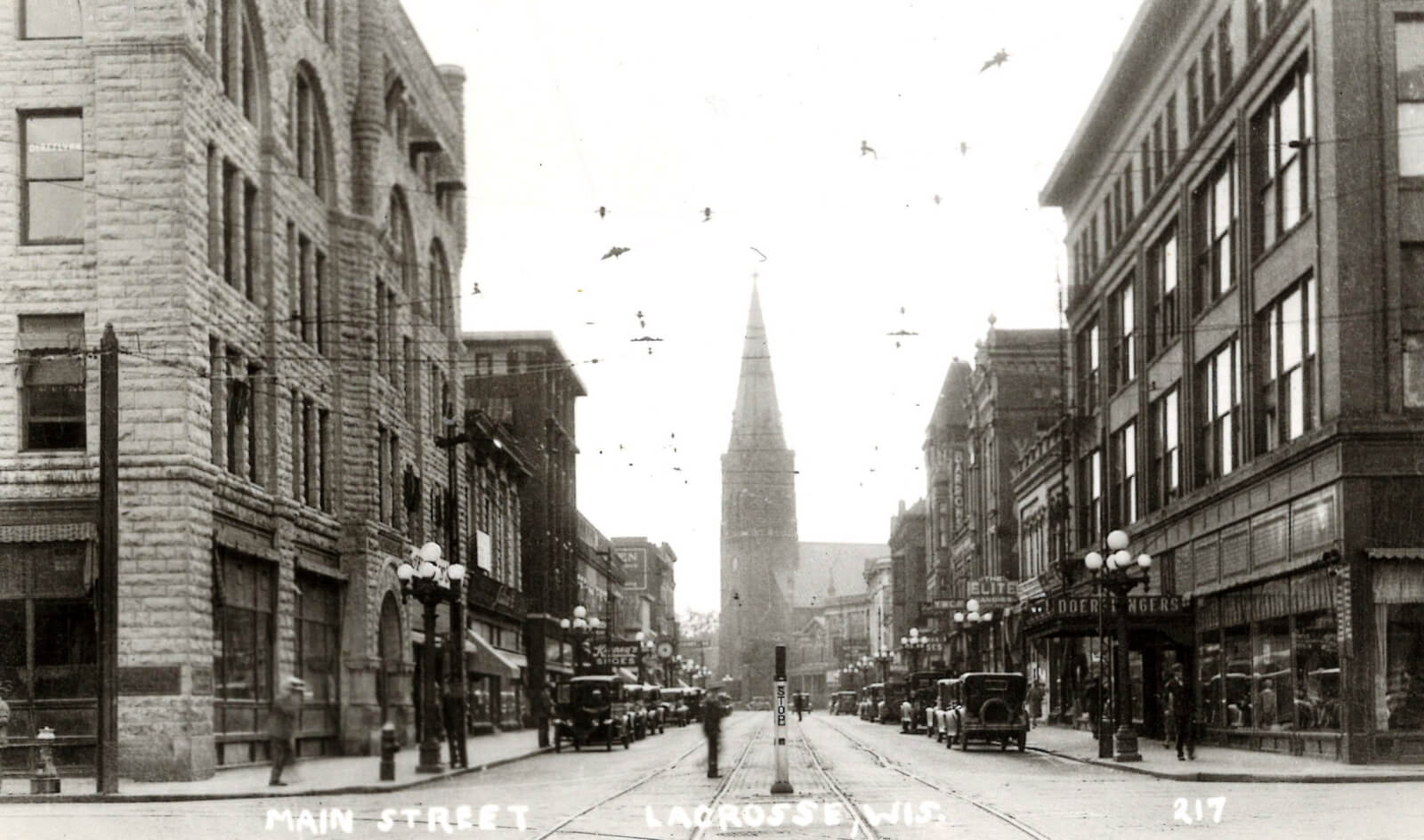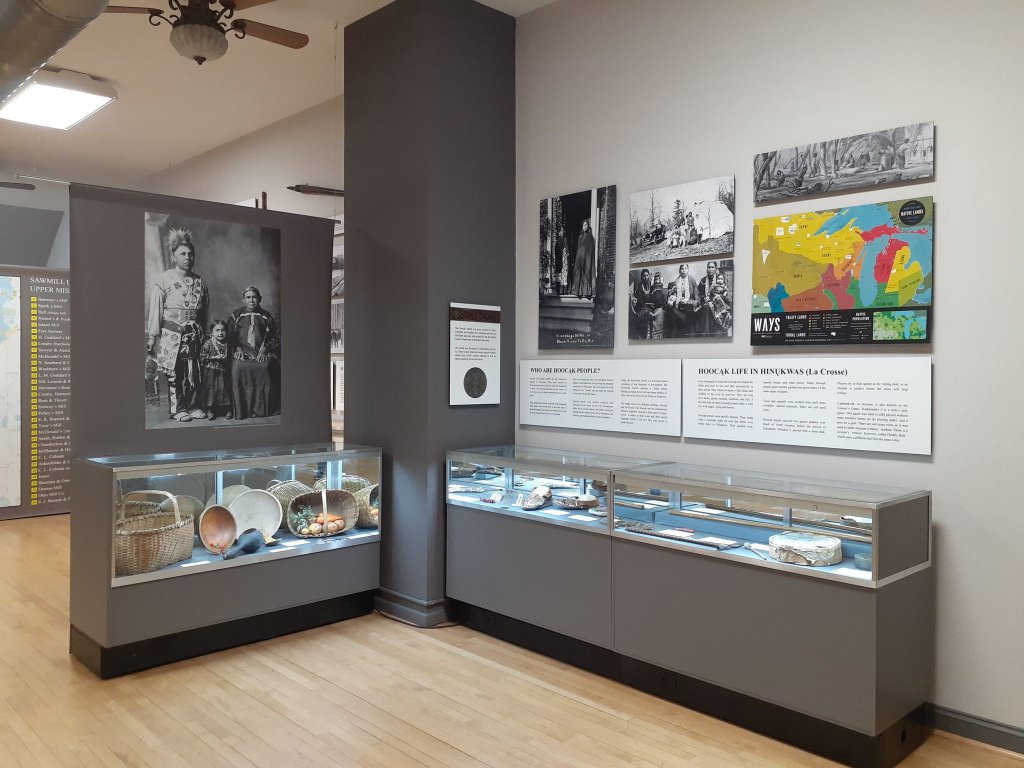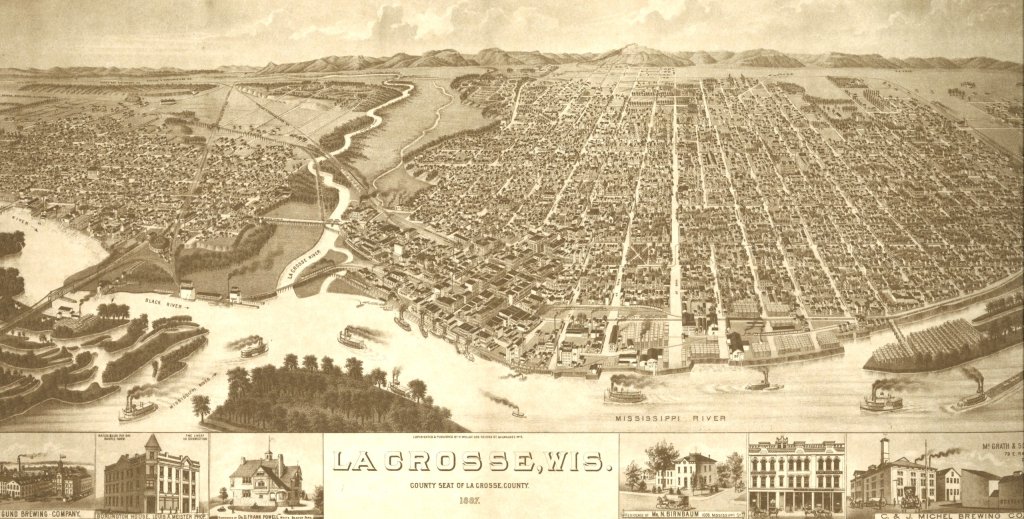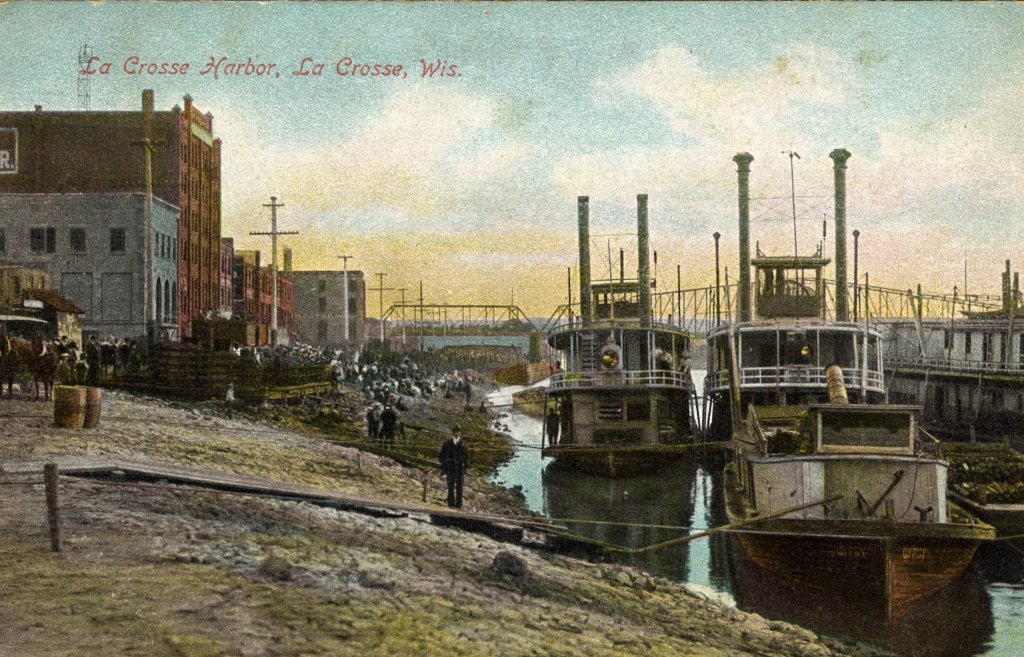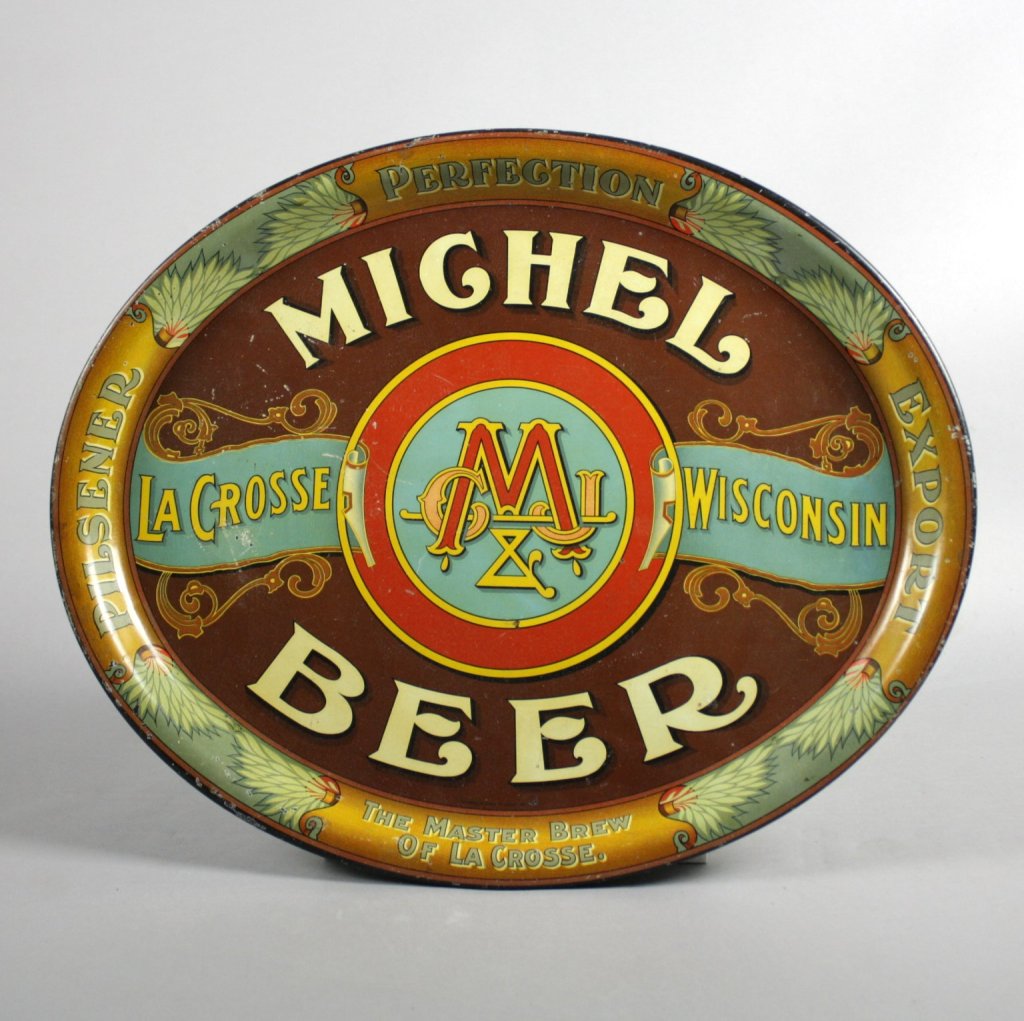Take a step back in time and learn about the rich culture & history in the La Crosse Region
The “Driftless” Region has a long, rich history that started long before the glaciers missed us, leaving our rolling hills and a natural playground. Learn a little more about what makes the great La Crosse Region the way it is today through a historic timeline.
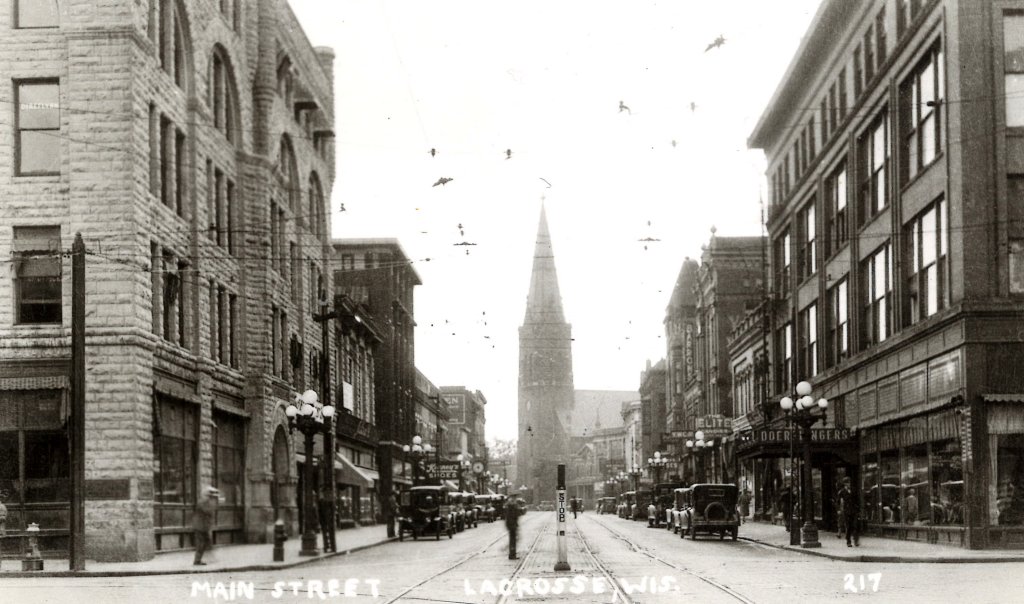
PC: Julia Carabelli
The La Crosse Region is proudly nestled in the famous Driftless Region; a part of the world with unparalleled views and an ancient, distinct topography. “Drift” refers to glacial drift: the rock and sediment deposited by a glacier as it moves over an area of land. During the last Ice Age, a small piece of the Upper Mississippi Region was miraculously left untouched by glacial erosion and deposits. The surrounding landscapes that once featured prominent bluffs were leveled to plains and rolling hills. However, no glaciers entered one small pocket… thus the Driftless Region became the last remnant of the natural, rugged terrain that once spanned today’s Upper Midwest. Straddling the Mississippi River, the Driftless Region of today spans more than 24,000 miles across Minnesota, Wisconsin, Iowa, and Illinois. The La Crosse Region rests within the realm of the Driftless and its bluffs, filled with opportunities for authentic adventure outdoors.
~Written in collaboration with the La Crosse County Historical Society~
